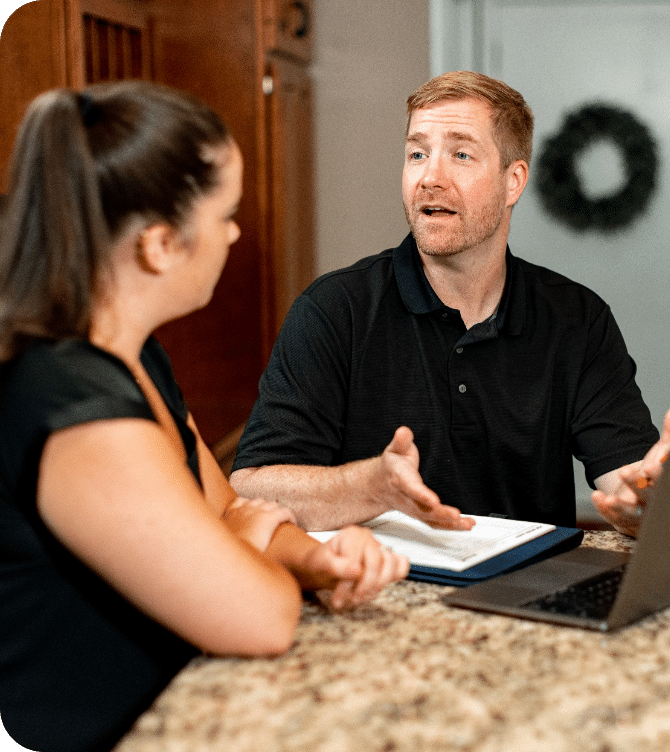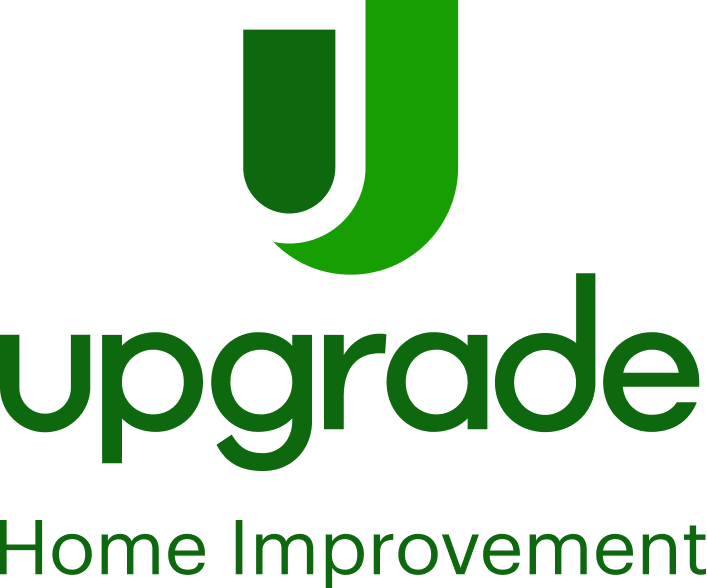
Looking out from inside the crawlspace
You should never see this much daylight from the crawlspace. The entire corner of this house has settled into the soft ground. The only thing supporting the house is the wooden framing. Luckily, the homeowner caught this before it got worse and called DryZone.

Large gap from settling foundation
There is about 2-3 inches separating the home and the sunken foundation. What happens during heavy rains is the soil becomes very soupy. In this particular case, the soil with mostly sand. When sand gets wet it is almost like liquid, so things like a home's foundation can move very easily. Bare in mind, this is an extreme case...extreme but not as rare as you might think.

Waterfront property doesn't mean it has to be in the water
Because this house is right on the water, the ground is not as deep as farther inland. This solution to the problem is actually pretty simple. Instead of resting the house on the loose soil, why not rest it on solid and very dense soil. Push piers are essentially large steel poles that DryZone will drive into the ground. Once we reach the desired pressure or depth, we attach the piers to the house. This process is a lot like the houses you might see at the beach that are built on large wooden poles. DryZone simply installs our system below ground.

Not just unsightly, but dangerous as well
This crack is very noticeable from the exterior of the house. But what if the crack gets worse? Generally speaking, the foundation doesn't just slip into the ground evenly. If one corner is sinking, another part of the wall has a large amount of pressure on it. If that pressure gets too high, there can be a sudden failure in the wall. The weird thing is that it could sink very slowly over the course of a longtime, but then that last tiny bit will send the pressure over the threshold. It brings the old saying of "the straw that broke the camel's back" into reality.



